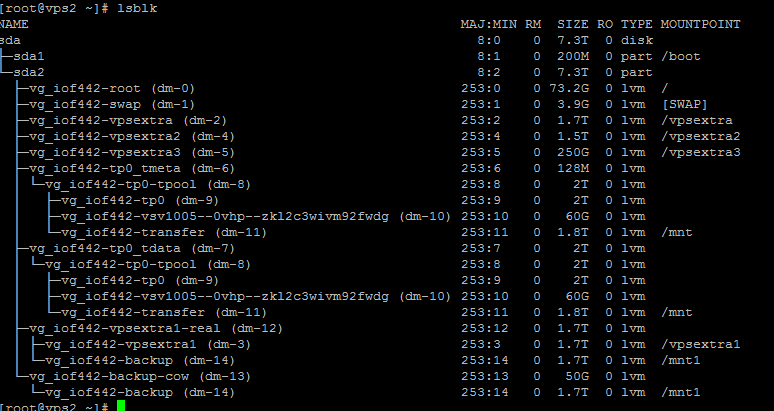A PATH variable is a system variable that stores the information about the binary files location that you may run for commands. When you log in as an user, or use a custom control panel like Plesk/Cyberpanel/Cpanel, you might want to add some custom paths as a user to take binary commands. One of the example, could be to change the default php path, or a laravel command location from vendor folder. To do this, you need to extend/update the PATH variable for a specific user.
PATH variable extends with the “:”. If you type the following, in your shell, you may see the existing paths in the PATH variable:
[elastic-keldysh@pl1 ~]$ echo $PATH
/usr/share/Modules/bin:/usr/local/bin:/usr/bin:/usr/local/sbin:/usr/sbin
Now, if I want to extend this to take the php binary available in /opt/plesk/php/7.2/bin/php, then we can extend the PATH variable using the following:
PATH=$PATH:/opt/plesk/php/7.2/bin/
Now, if you check, the PATH variable again, you can see it is added:
[elastic-keldysh@pl1 ~]$ echo $PATH
/usr/share/Modules/bin:/usr/local/bin:/usr/bin:/usr/local/sbin:/usr/sbin:/opt/plesk/php/7.2/bin/
[elastic-keldysh@pl1 ~]$
We have successfully modified the PATH variable, but only for the existing session. If you want to persist the changes, then, you need to add the command in .bashrc/.profile/.bash_profile file depending on your shell type and OS. You can add to either of the file and test with the following command:
[elastic-keldysh@pl1 ~]$ echo "PATH=$PATH:/opt/plesk/php/7.2/bin/" >> .profile
Replace .profile with .bashrc or .bash_profile depending on the file that works for you. You may logout and relogin, and then run the echo command again to see if the $PATH is persisting or not.
